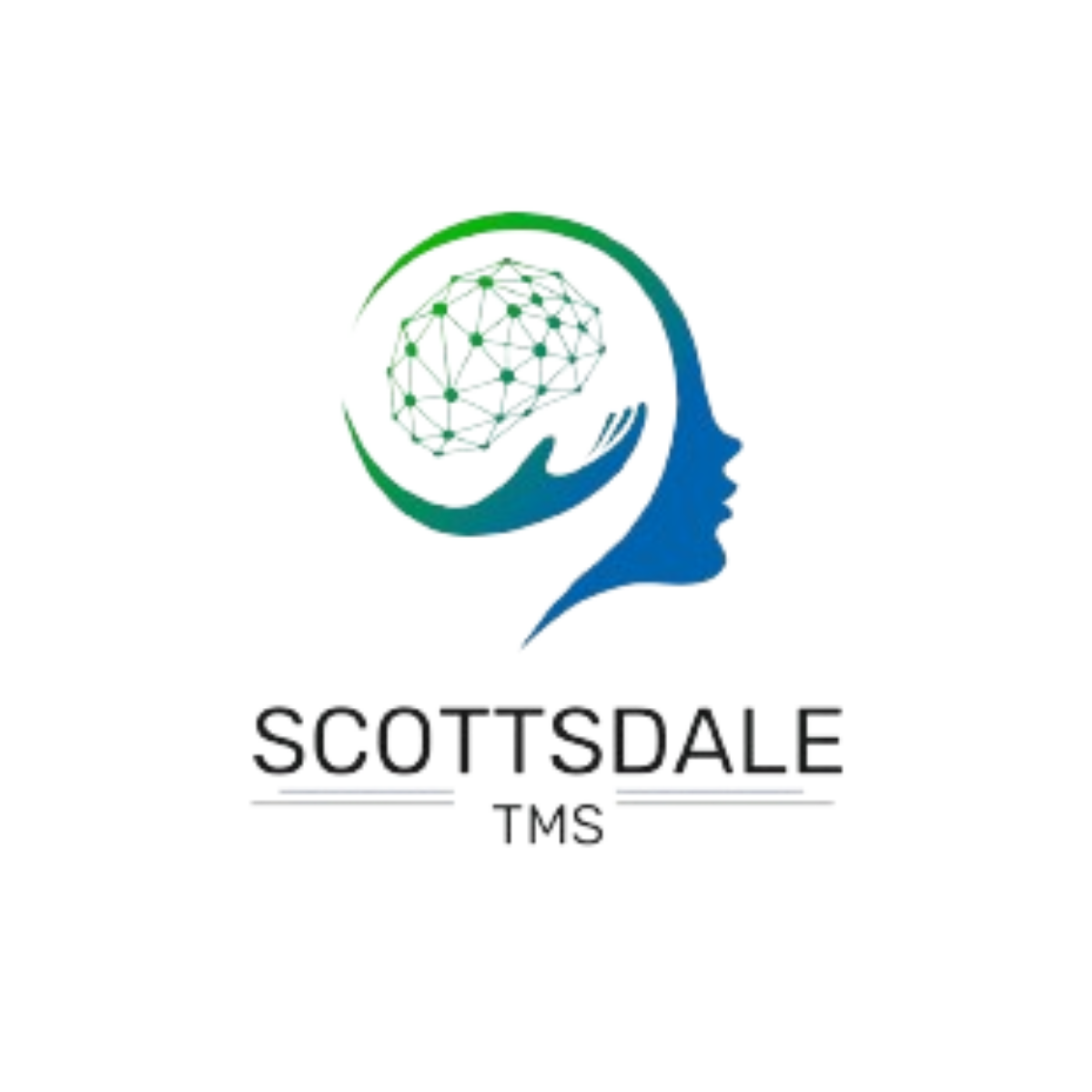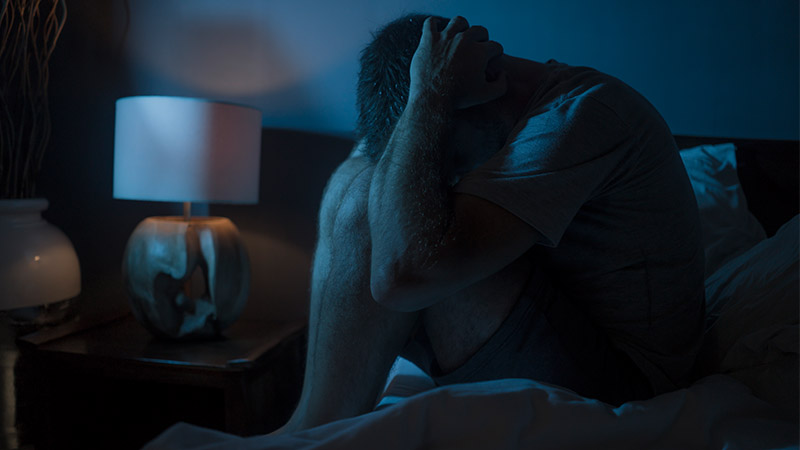Depression TMS
Nearly 30% of people with depression find little to no relief from conventional treatments, highlighting the need for alternatives. Transcranial Magnetic Stimulation (TMS) is emerging as a viable option for those with treatment-resistant depression.
As TMS gains recognition, it opens new possibilities for addressing depression in ways that traditional methods may not. This treatment is becoming a focus of interest for both patients and healthcare providers seeking more effective solutions.
Questions Answered in This Article:
Our Treatment Centers

Scottsdale Rehab
Luxury Personalized Rehab

Hart Rehab
Holistic Luxury Personalized Rehab

Scottsdale Detox
Luxury Medical Detox
What is TMS Treatment?
Transcranial Magnetic Stimulation is a non-invasive treatment that stimulates specific areas of the brain that are involved in mood regulation. It’s primarily used for people with depression who haven’t responded well to traditional treatments like medication. The therapy is typically done in sessions, where a magnetic coil is placed near the scalp to deliver pulses, helping improve mood over time.
How Does TMS Work?
TMS works by sending magnetic pulses to targeted areas of the brain that are underactive in people with depression. These pulses help to “wake up” those brain regions, improving communication between neurons and enhancing mood regulation. Over a series of sessions, this repeated stimulation can lead to long-term improvements in depressive symptoms.
What is a TMS Session Like?
During a TMS session, you sit comfortably while a magnetic coil is placed against your scalp, usually near the forehead. The device sends quick pulses to stimulate brain areas linked to mood, with each session lasting about 20 to 40 minutes. You remain fully awake, and aside from a tapping sensation on the scalp, there’s usually minimal discomfort.
Is TMS FDA-approved?
Yes, TMS is FDA-approved for treating depression, especially for those who haven’t responded well to other treatments. It was first approved in 2008 for use in adults with treatment-resistant depression. Since then, TMS has been recognized as a safe and effective option by healthcare providers.
How Effective is TMS?
TMS has shown to be effective for many people with treatment-resistant depression, with studies indicating that about 50-60% of patients experience significant improvement. Of those, roughly one-third achieve full remission, meaning their depressive symptoms go away entirely. While results can vary, TMS is considered a valuable option when other treatments haven’t worked.
Side Effects of TMS
TMS is generally well-tolerated, but like any medical treatment, it can have side effects. Most side effects are mild and temporary, resolving shortly after the session.
- Headache: A common side effect is a mild headache, often occurring after the first few sessions. These headaches are usually treatable with over-the-counter pain relievers and tend to decrease as treatment continues.
- Scalp Discomfort: Some patients experience scalp discomfort at the site where the magnetic coil is placed. This discomfort is usually mild and temporary, often improving after the first few sessions.
- Tingling or Twitching: During the treatment, you might feel a tingling sensation or notice slight twitching of facial muscles. This is caused by the magnetic pulses and typically stops once the session ends.
- Dizziness: A few people may feel lightheaded or dizzy immediately after a TMS session. This feeling usually passes quickly, and resting for a few minutes after treatment can help.
- Rare Seizures: Though extremely rare, there is a small risk of seizure with TMS, especially in people with a history of epilepsy. However, strict screening and safety protocols minimize this risk significantly.
TMS Treatments
There are different types of TMS treatments that vary in their techniques and delivery methods. Each type is designed to address specific needs or preferences for treating depression.
- Repetitive TMS (rTMS): This is the most common form of TMS treatment, where magnetic pulses are delivered in rapid bursts to the brain. rTMS typically involves daily sessions over several weeks and is widely used for treating depression.
- Deep TMS (dTMS): Deep TMS uses a specialized coil to penetrate deeper brain regions that may be linked to depression. It’s designed for those who may not respond well to traditional rTMS, offering a broader and more extensive stimulation.
- Theta Burst Stimulation (TBS): TBS is a newer, faster version of TMS that delivers bursts of pulses in shorter sessions. It can achieve similar results to rTMS but in less time, making it a more convenient option for some patients.
Personalized TMS (pTMS): This approach customizes the treatment to target specific brain regions based on individual brain mapping. It allows for more precise stimulation, potentially improving treatment outcomes for those with unique needs.

